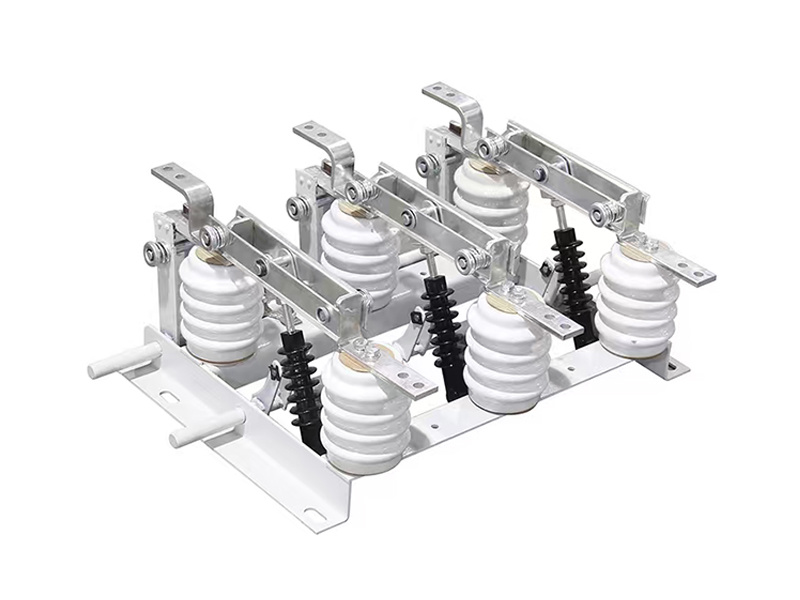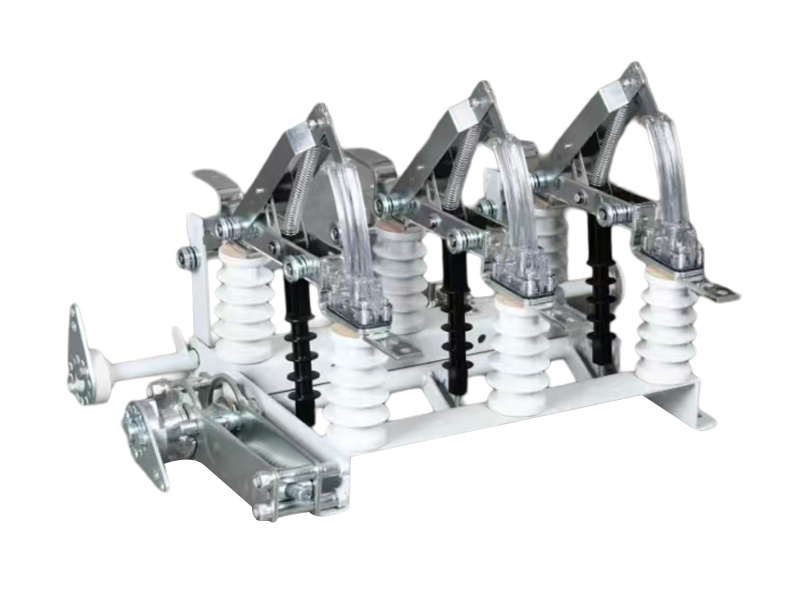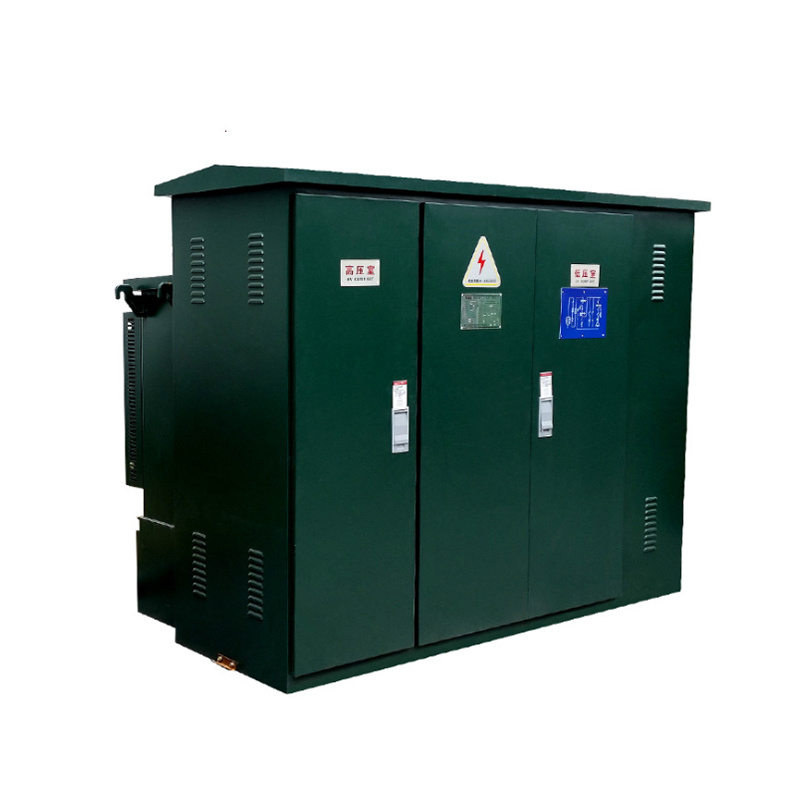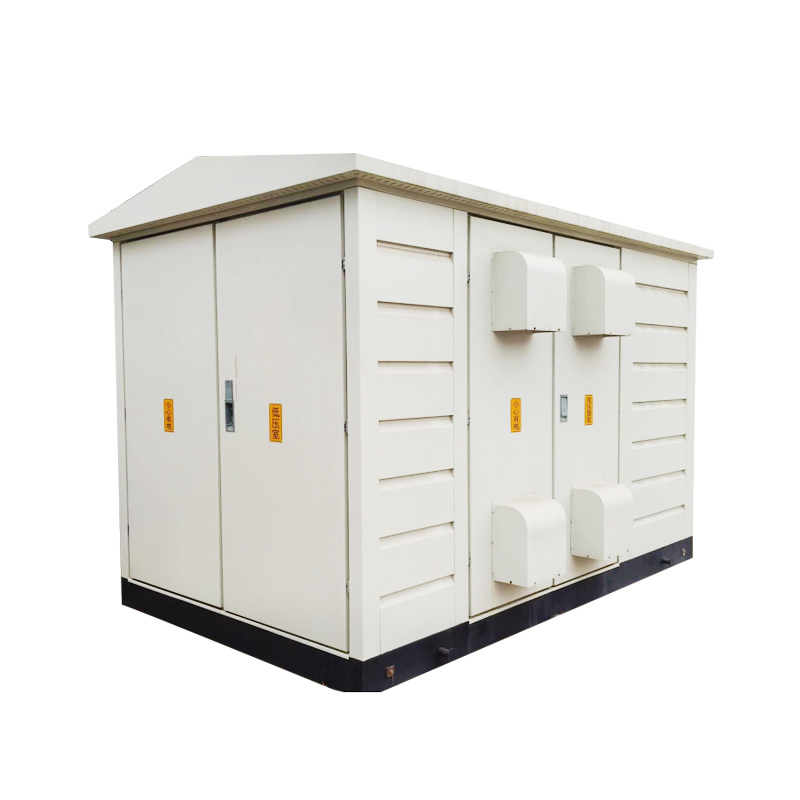Contact Us
Email:
WhatsApp:
Charging Pile
- Product Description
-
Product Introduction
Charging piles are specialized equipment used to replenish electric energy for new energy vehicles such as electric vehicles (EV) and plug-in hybrid electric vehicles (PHEV). They are equivalent to "gas stations" for new energy vehicles and are a core component of the charging infrastructure for new energy vehicles.
Core Definition and Core Functions
The essence of a charging pile is an electric energy transmission and control terminal. By connecting to the vehicle's charging interface, it converts electric energy from the power grid (or energy storage system) into electric energy that can be stored by the vehicle's power battery. Its core functions include not only "power supply" but also safety protection during charging, charging status monitoring, data interaction, etc., ensuring efficient, safe, and compliant charging.
Basic Function: Provides electric energy output at different power levels to meet the charging needs of different vehicle models.
Safety Function: Equipped with multiple protections such as overvoltage, undervoltage, overcurrent, short circuit, leakage, overtemperature, and lightning protection to prevent damage to equipment or vehicles during charging and ensure personnel safety.
Interactive Function: Displays real-time charging voltage, current, power, charging duration, remaining battery, etc., through screens, indicator lights, or apps, supporting multiple start/stop methods such as card swiping, scanning codes, and apps.
Communication Function: Some charging piles (especially public ones) support networking with backend management systems to achieve remote monitoring, billing management, fault diagnosis, and more.
Core Structure
The structure of DC charging piles is more complex, covering the entire process of "power supply - conversion - control - protection - interaction." The main components include:
Input Distribution Unit: Connects to the power grid and includes circuit breakers, lightning protectors, contactors, etc., responsible for accessing electric energy and initial protection (such as lightning protection and overcurrent cutoff).
Charging Module (Core): Rectifies, filters, and stabilizes the AC power from the grid (380V three-phase) into the DC power required by the power battery (e.g., adjustable 200V-750V), which is the key component determining charging power.
Control Unit (CPU): Acts as the "brain" of the charging pile, implementing charging parameter calculations, charging process control, and communication with the vehicle's BMS (Battery Management System) through chips (such as MCU).
BMS Communication Unit: Interacts with the vehicle's BMS in real time to obtain current battery voltage, temperature, remaining capacity, etc., dynamically adjusting charging current/voltage (to avoid overcharging and overheating), serving as the core guarantee for "safe charging."
Output Interface Unit: Includes national standard DC charging gun and cable, requiring high current capacity, aging resistance, and anti-misoperation design (such as locking mechanisms and insulation monitoring).
Human-Machine Interaction Unit: Screen (displays charging data), buttons/card swipe area/scan code area (for operation start/stop), indicator lights (show charging status).
Billing Unit: Essential for public piles, measures electricity consumption through meters and calculates fees based on operator pricing (peak-valley electricity prices, service fees).
Working Process
Connection Confirmation: The user inserts the charging gun into the vehicle's charging interface. The charging pile detects whether the "gun-to-vehicle connection" is in place through interface pins (to prevent misoperation).
Communication Handshake: The charging pile establishes communication with the vehicle's BMS, exchanging vehicle battery parameters (such as rated voltage and allowable maximum current).
Parameter Matching: The charging pile control unit adjusts the output voltage and current of the charging module based on BMS feedback (in line with the battery's safe charging curve).
Start Charging: The user starts charging by scanning a code or swiping a card. The charging pile outputs DC power and begins charging the power battery.
Real-time Monitoring: During charging, the charging pile continuously monitors voltage, current, temperature, and other parameters. The BMS also provides real-time feedback on battery status. If abnormalities occur (such as overheating or overcurrent), charging is immediately cut off.
Charging End: When the battery reaches the set charge level (such as 80% or 100%) or the user manually stops, the charging pile first reduces the current to zero, then disconnects the high-voltage circuit, and finally allows the gun to be unplugged.
Keywords:
Related Products
YB M/YB P Prefabricated Substation













